- Yokohama-shi Top Page
- Living and Procedures
- Housing and Living
- Waste and recycling
- Introduction of facilities
- Incineration Plant
- Tsurumi Plant
- Introduction of facilities at the Tsurumi Plant
Here's the text.
Introduction of facilities at the Tsurumi Plant
Last Updated July 1, 2024
- Flow of Garbage
- Flow of air and exhaust gas
- The flow of steam
- Other equipment
- 2015 Factory Tour Guide
- Click here for a video of garbage disposal
- Oh, electricity from garbage ...?
Flow of Garbage
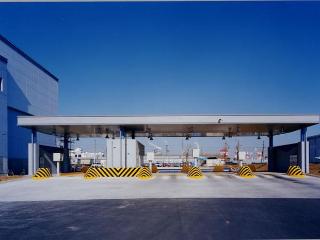
Garbage Measurement Building
Here, the amount (weight) of garbage brought to the Tsurumi Plant is measured one by one.
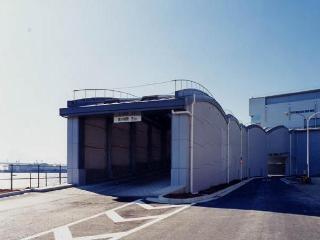
Lampway
The garbage truck enters from this entrance and rises to the height of the third floor.
There is an input stage there.
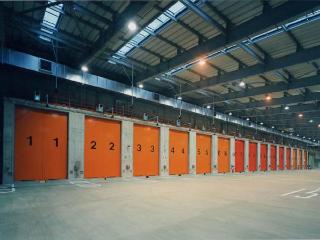
Input stage
When a garbage truck comes in front of the door, the door opens automatically.
And the garbage truck puts garbage into the garbage pit.
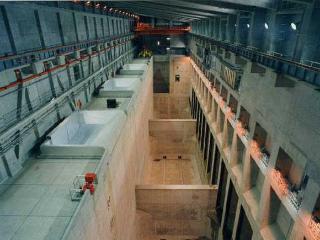
Garbage pits and input hoppers
The garbage pit is very large and is a place where you can store a lot of garbage.
The collected garbage is put into the hopper with a garbage crane.
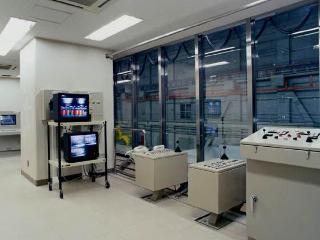
Garbage Crane Operation Room
A facility that operates a garbage crane, grab the garbage stored in the garbage pit and put it in the input hopper (incinerator).
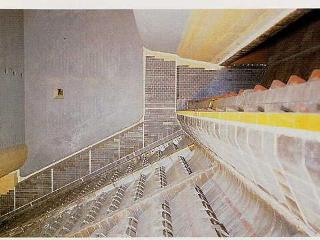
Inside the incinerator
The garbage in the input hopper burns here and turns into ash.
On the right side is the feeder that pushes out the garbage in the hopper, and the stalker is visible from the center to the lower left.
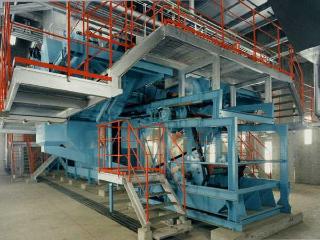
Ash extrusion equipment and ash removal equipment
After incineration, the ash coming out of the furnace is completely extinguished with water in the ash extrusion device and transported to the ash pit by the ash removal device.
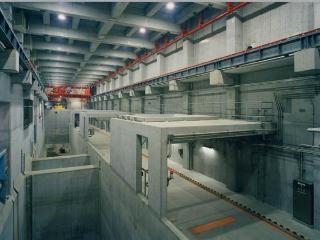
Ash pit
The end point of the ash removal device is here.
The stored ash is loaded on a dump truck with an ash crane.
I'll be taken to landfill.
Flow of air and exhaust gas
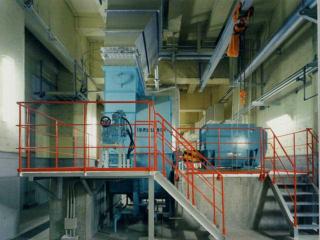
Pressed blower (FDF)
It is a device that sends the air of the garbage pit into the incinerator. I need air to burn the garbage.
It also has the role of inhaling the heavy air in the garbage pit and not releasing it outdoors.
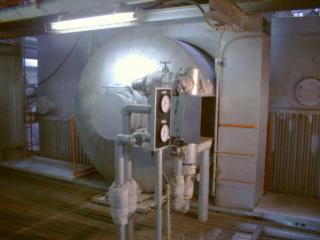
Boiler
The air used for incineration is called exhaust gas, ranging from 850 to 950 ° C.
The boiler utilizes the heat of this exhaust gas to produce steam.
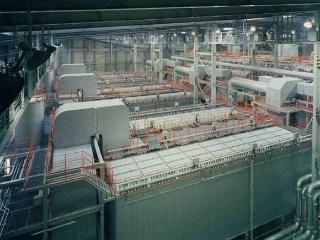
Bag filter (filtration dust collector) and denitrification reaction tower
Remove dust from exhaust gas or use chemicals to remove harmful substances.
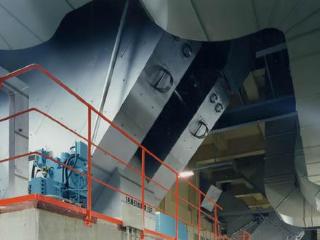
Induction blower (IDF)
It is a blower that sends exhaust gas generated in the incinerator into the chimney.
In addition, the pressure inside the incinerator is also adjusted.

Smoke-washing equipment
The exhaust gas is cleaned.
Waste gas is washed with water containing chemicals.
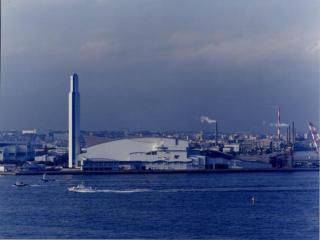
Chimney
It discharges clean exhaust gas into the empty space.
The height of the chimney is as high as 130 meters above the ground.
The flow of steam
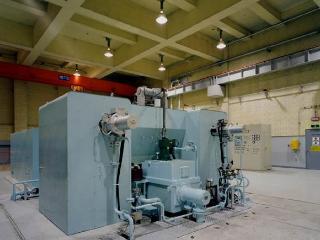
Steam turbine generator
It is a device that generates electricity using the power of steam generated from the heat of exhaust gas when burning garbage.
A maximum of 22,000 kilowatts of electricity is produced.
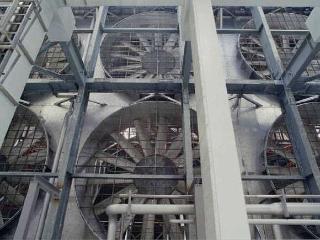
Low-pressure steam capacitors (steam condensers)
The steam used in the steam turbine generator is cooled and returned to water (recovered water).
Reinstatement is reused in boilers to turn steam again.
Other equipment
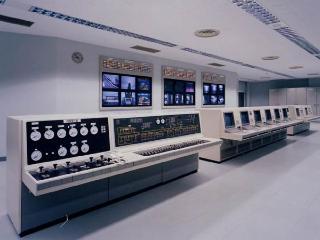
Central Control Room
It is a place to monitor the status of incineration and operate the incinerator.
Various information on machines in the factory is gathered.
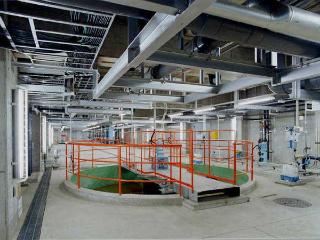
Wastewater treatment facilities
Wastewater from factories depends on wastewater treatment facilities.
It is cleaned and reused in the factory.
Factory tour guide
2015 factory tour guide (PDF: 3,625KB)
Oh, electricity from garbage ...?
Steam is generated by the heat generated by burning garbage, and the power of the steam can be used to produce up to 22,000 kilowatts of electricity.
The generated electricity is used in the factory, and is also sent to Fureyu (outside site) and water reclamation center.
Well, here's the problem.
- How many households do 22,000 kilowatts of electricity?
- What do you do with the extra electricity?
The right answer
- For 55,000 households (calculated at 0.4 kilowatts per household)
- They are sold to electric power companies. The electricity bill sold is about 900 million yen per year. (In the case of FY2017)
You may need a separate PDF reader to open a PDF file.
If you do not have it, you can download it free of charge from Adobe.
![]() To download Adobe Acrobat Reader DC
To download Adobe Acrobat Reader DC
Inquiries to this page
Tsurumi Plant, Resources and Waste Recycling Bureau Proper Treatment Planning Department
Telephone: 045-521-2191
Telephone: 045-521-2191
Fax: 045-521-2193
Email address: sj-tsurumikojo@city.yokohama.lg.jp
Page ID: 229-233-981







